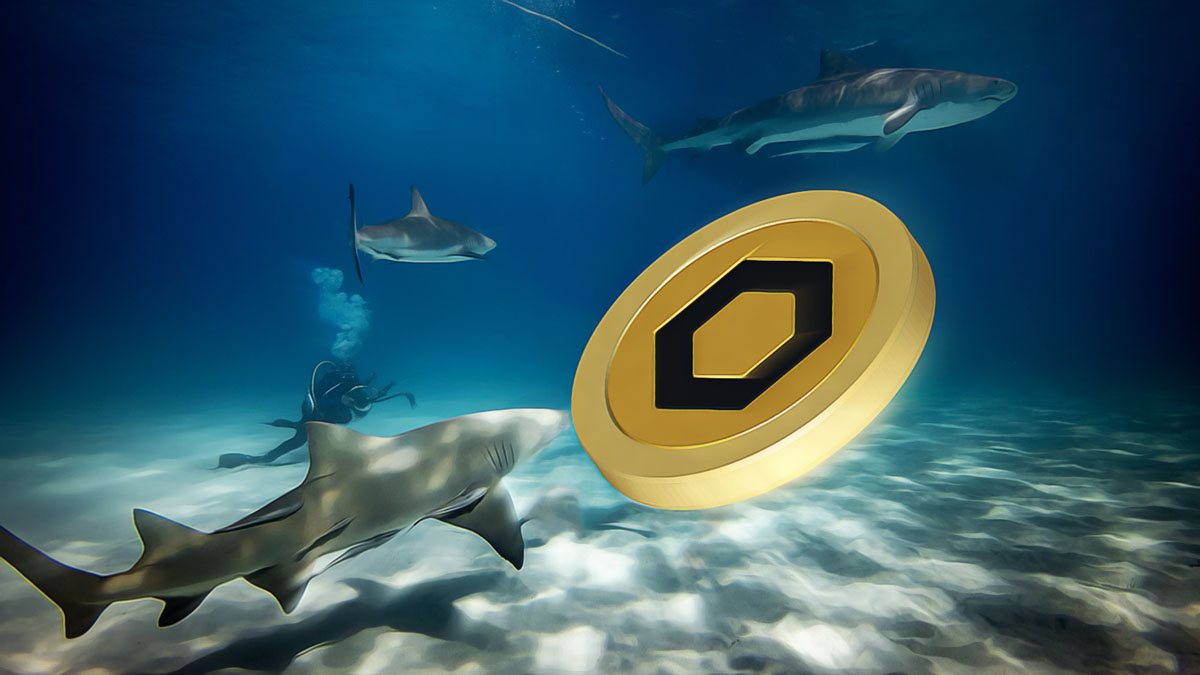Chainlink‘s native cryptocurrency, LINK, has experienced a significant price increase from $7 to $14 earlier this year. Despite a consolidation around the $14 mark, which has led to a period of sideways movement, analysts suggest that Chainlink could be preparing for the next leg of a bull run amidst its recent price consolidation.
According to crypto analyst Michael van de Poppe, as long as LINK maintains the $14 level, bulls could dominate bears. Van de Poppe observed that there is no sign of a retest near $8, and entry points between $11 and $14 are considered favorable. He sets a target of $25 for LINK in the next 3-6 months.
Van de Poppe argues that the start of an uptrend cycle is evident, and these consolidation periods are seen as opportune moments for market entry. Another analyst, known as Bluntz on social media, signals multiple bullish trends for LINK on the eight-hour chart, suggesting a potential rise to levels not seen since January 2022.
Bluntz shared with his followers that the fifth wave of pattern C has completed, sweeping the $13.9 level for the last time. Utilizing Elliott Wave Theory, he indicates a significant fourth wave low, predicting the next target for LINK to be $20, while cautioning about potential challenges for those who may have capitulated during market movements.
However, another crypto analyst, Ali Martinez, points out that Chainlink faces a critical hurdle at $15 before reaching this milestone. Approximately 73.6 million LINK tokens are held at 19,000 addresses at this level, marking a significant resistance zone. Martinez emphasizes the importance of overcoming this resistance, suggesting that if successful, Chainlink could be set for further upward movement in its price trajectory.












